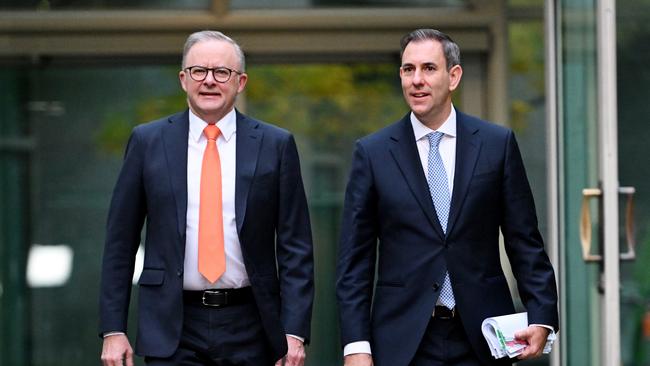
Sadly, the four key contributors to Australia’s stagflation – Anthony Albanese, Tony Burke, Chris Bowen and Jim Chalmers – were too young to understand what was happening in the 1970s. The oldest, Albanese, was a teenager.
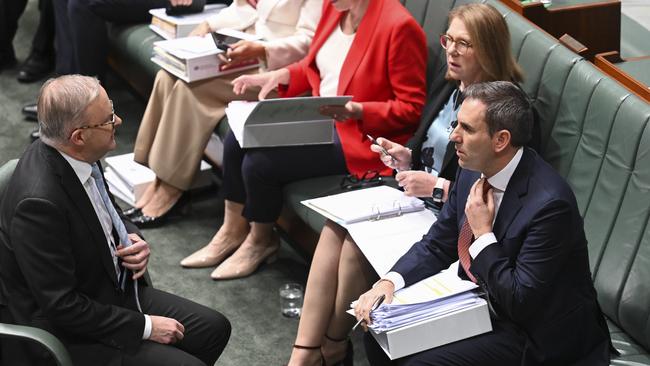
Stagflation takes place when the economy is going through a very tough time. But instead of the depressed economic conditions causing inflation to fall sharply to enable stimulation, other forces keep inflation too high.
In the 1970s we suffered from the big rises in oil prices and the massive spending by the Whitlam government.
When Malcolm Fraser became prime minister in 1975, he promised tough action to tackle inflation, but his actions didn’t match his words and stagflation continued for most of the decade.
When inflation broke out in Australia some three years ago the Reserve Bank was too slow to lift interest rates, but then they undertook one of the harshest interest rates actions of any country in the Western world.
It was particularly hard on Australia because a significant portion of the population had over-borrowed to buy dwellings.
The latest official figures show that on a per capita basis household consumption has now contracted over the past six quarters; business investment was lower in the June quarter and residential construction was flat.
But vast sections of the population who have dwellings and little or no debt have been travelling well. Times are tough for about 30 per cent of the population who are under severe mortgage and rent stress. But the consumer spending slowdown has now spread into the affluent sectors except South Australia and Western Australia.
In classic economic terms that downturn should have substantially reduced inflation, but it failed for four key reasons – and it may get worse.
First, the governments have thwarted the impact of the RBA slowdown measures by massive spending at both state and federal levels, funded by borrowing.
The spending created skill shortages which pushed up wages, particularly in the affluent sector.
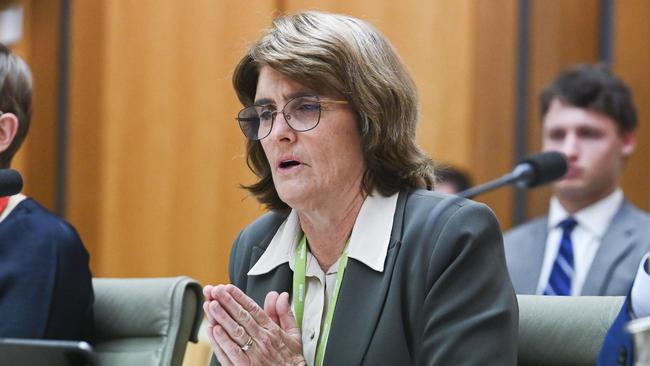
Second, the government encouraged wage rises across the board, trying to fix the cost-of-living problems, but in turn this further pushed up prices, given the government spending.
Third, in the 1970s it was the oil price jump that underpinned the early part of inflation. In the current decade it is the complete failure of the politicians to have a proper plan to decarbonise energy generation. What they have done is to assume huge rises in electricity demand (which are unlikely to occur, given stagflation) and then set renewable targets for 2030 based on false demand projections.
Wind and solar power are incredibly capital-intensive because of the relatively short life of the equipment, the need for backup facilities when wind and solar are not available, and the high cost of transmitting the power from areas that are not part of the current grid. Australia is changing from one of the lowest-cost energy countries in the world to one of the highest. The stagflation of the 2020s will last for a long time because it will be underwritten by high energy costs.
And finally, the way societies overcome stagflation is to improve productivity. Australia has now experienced no productivity growth in the past five years, with GDP per hour worked again falling the June quarter. Productivity growth drives Australian living standards and long-term sustainable wage growth. But that simple fact has completely escaped the Australian government.
Accordingly, uniquely in the world, we have introduced industrial relations legislation with the specific aim of increasing costs and lowering productivity.
My readers are of course well aware of the productivity blows and increased complexity delivered by the 700-page industrial relations Act into an economy that is reeling from the impacts of a sharp slowdown.
Early this week, I described how airline and road transport costs have skyrocketed. Enterprises gain advantages through deals with their workforce, but those gains are set to be replaced by industry awards which will cause the highest-cost and least productive practices to become the new norm – an absolute disaster for national productivity and any attempts to reduce inflation.
Blows are also being landed on the efficient gig economy. Union delegates are to be trained to disrupt enterprises and unions will share in management control – the low productivity system that helped destroy Australian automotive manufacturing.
Chalmers back-tracked on an early RBA warning, but the government is clearly going to put pressure on the RBA to relieve interest rate pressure.
There will be some relief, but it can’t be substantial while the government is deliberately engineering lower productivity and rampant spending.
If the RBA does sharply lower rates while inflation remains high, then the currency will become vulnerable. At this stage China has excess capacity and is exporting goods at lower prices. The Australian dollar is strong because the market believes Australian interest rates will need to stay higher than other parts of the world because of our long term pro-inflationary policies.
It is not going to be easy for Albanese, Burke, Bowen and Chalmers.
They will need to be told what they have done, and maybe they can work out a solution. The voters of course will unfairly blame the RBA for the mess created by the politicians.



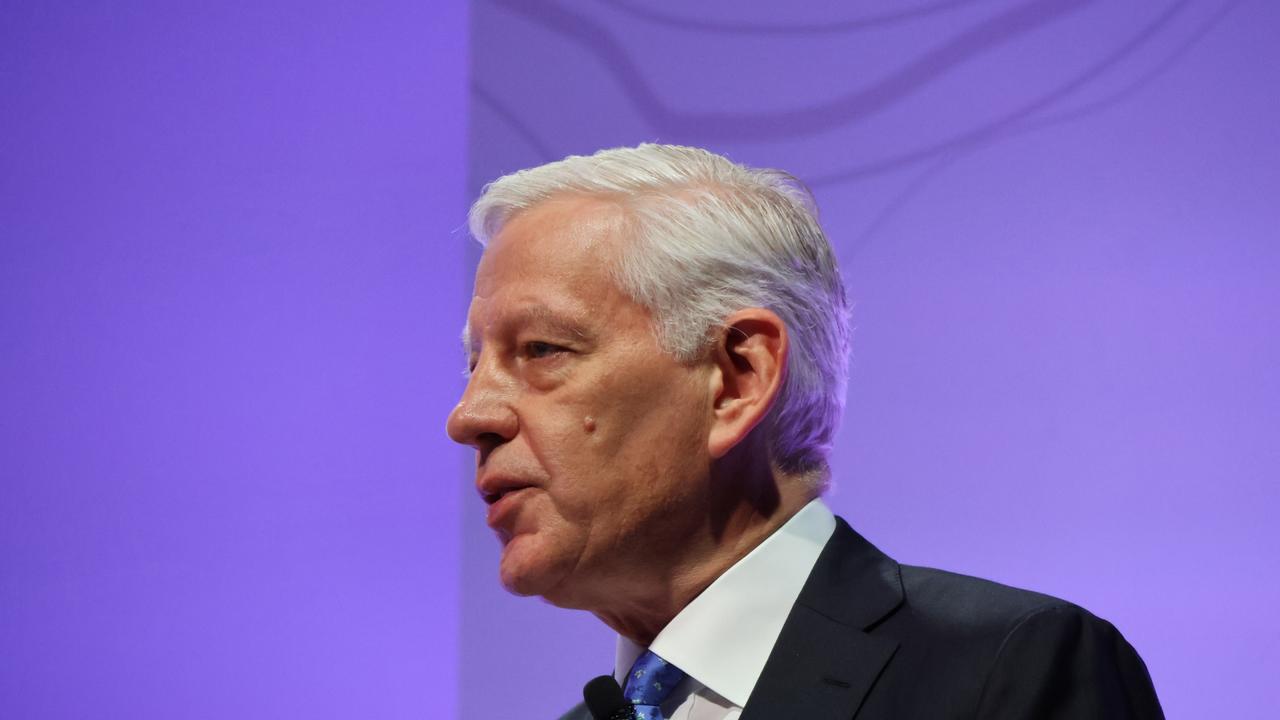
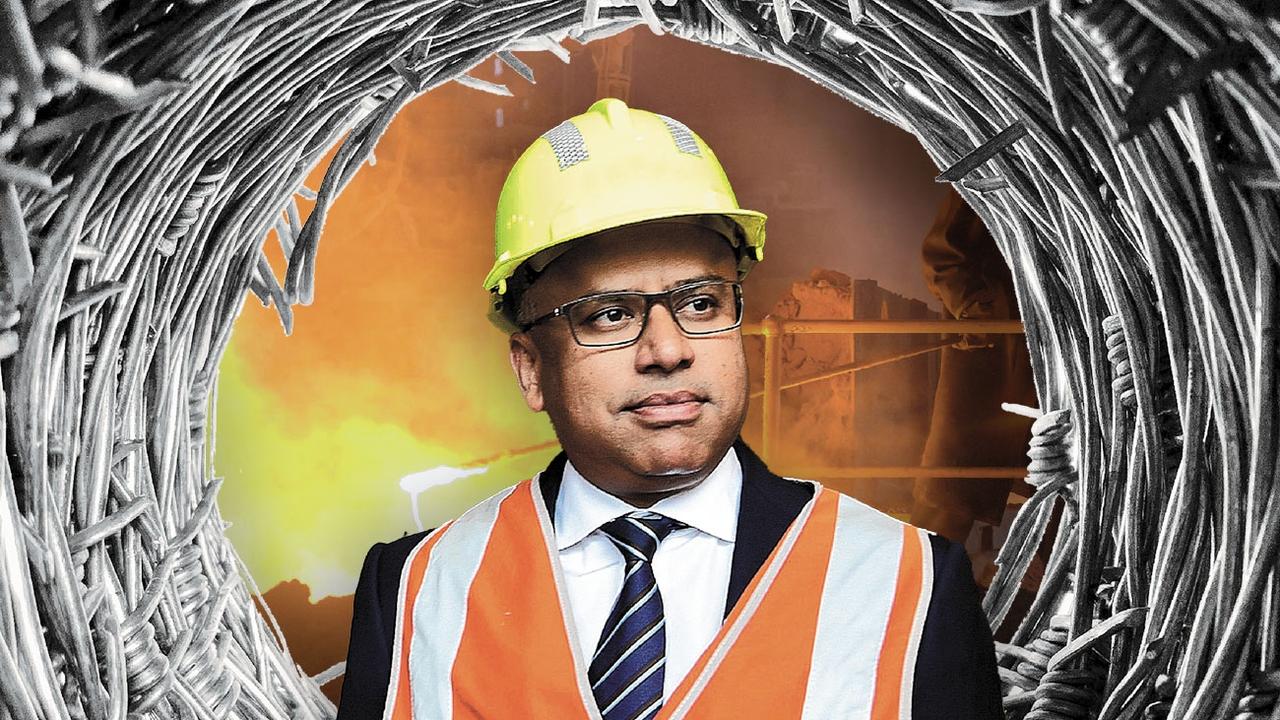
Australia is repeating the 1970s and set for chronic stagflation. But stagflation in the mid-2020s will be caused by different forces than those that ravaged the mid-1970s.